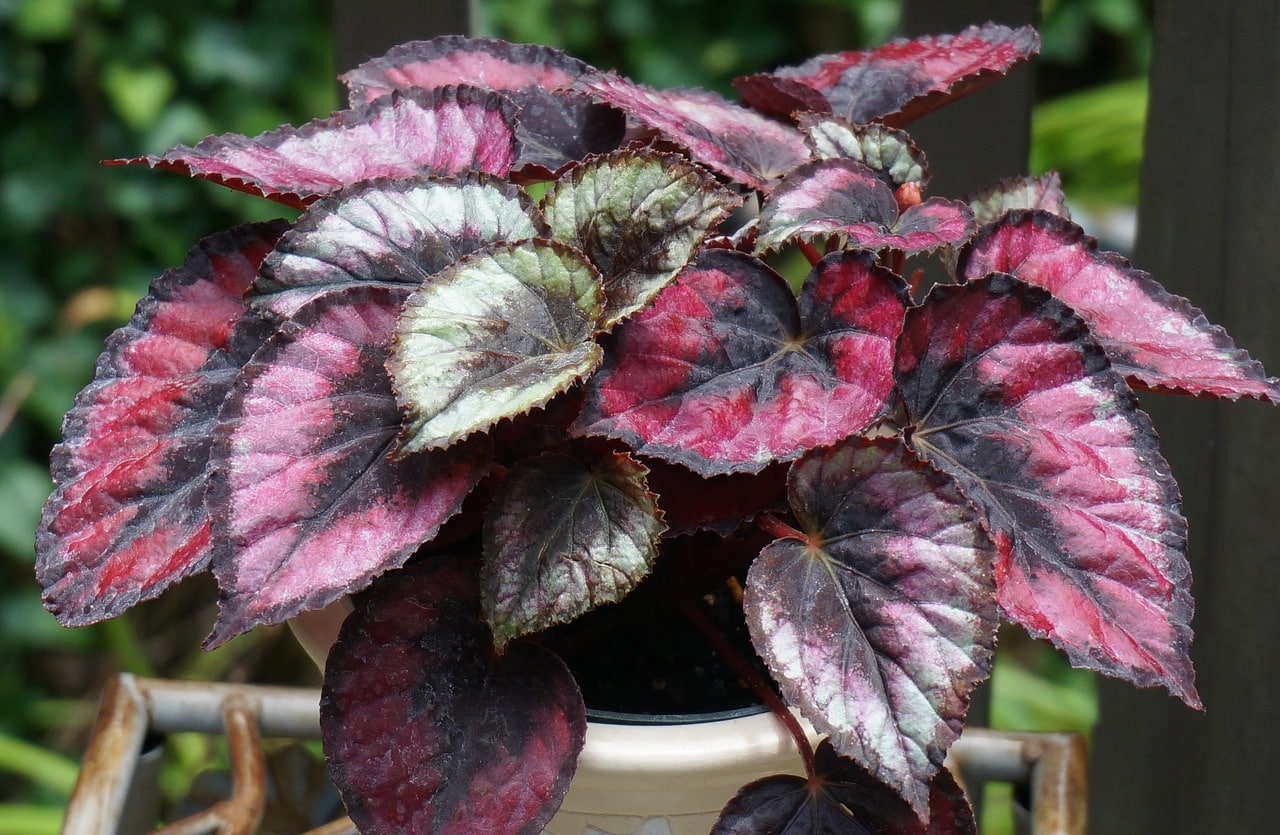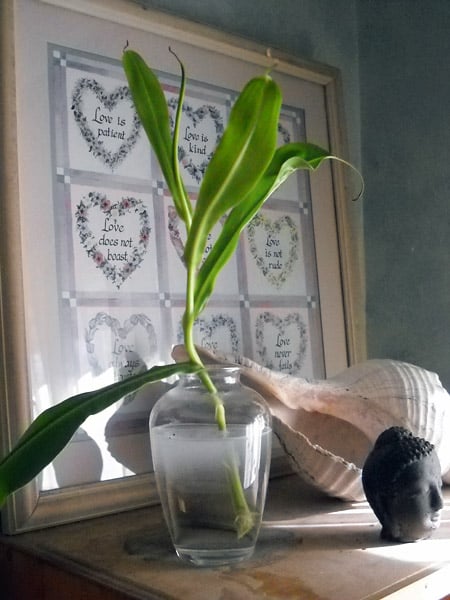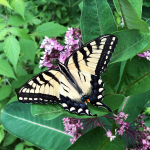Gardens
How to Prune Houseplants
Learn how to prune houseplants the right way so that plants look lush and healthy all year long.

Coffee By Design | Portland, Maine
Photo Credit : Katherine Keenan
Photo Credit : Pixabay
How to Prune Houseplants
What is pruning?
Pruning is the selective removal of parts of a plant and is done for a variety of reasons, which range from removing dead or diseased areas to aesthetically shaping full-grown plants. Pruning is also done to encourage new growth, to encourage balanced growth, and to tame overgrowth.How to Prune Houseplants
- You really only need one tool for pruning: either a sturdy, sharp pair of scissors or a garden pruning tool. Make sure the tool is clean. Any cut made into a plant can expose it to disease, pests, and infection. To clean tools, simply soak them in a diluted bleach and water solution between prunings, rinse thoroughly, and wipe dry.
- Inspect plants thoroughly and look for dying, discolored, diseased, or leggy leaves and stems. Leggy plant stems are unusually long appendages that take away from the overall health and aesthetic appeal of the plant. When leggy areas are pruned back, the plant is able to refocus energy and grow in a fuller pattern, instead of dispersing the energy outward to loose, straggling vines.

Photo Credit : Shelley Wigglesworth
- Remove unwanted sections of the plant by cutting them off at a (roughly) 45-degree angle. Make the cut just below the brown or dead area, leaving as much of the healthy foliage as possible intact. If a large section of the leafy area is unhealthy, it may be necessary to cut the entire branch off. If this is the case, be sure to leave the main stem (the area usually in the middle and typically the largest stalk that other branches originate from) of the plant intact, removing off-shoot branches only.
- If you are looking to prune exclusively to encourage more growth, begin by making selective cuts to areas that are leggy (noticeably longer than other areas or appendages). Start small. Do not remove more than 10-20% of the plant’s foliage at one time and wait at least a few weeks to a month before pruning again. Whenever possible, avoid cutting off nodules, as nodules are the buds of new plant appendages that haven’t yet fully developed.
- To prolong a plant’s blooming period and encourage healthier, larger blooms, remove dead and dying blooms as they appear by snipping them at the base of the flower’s head.

Photo Credit : Shelley Wigglesworth
- Whenever possible, re-root your plant cuttings. To do this, simply place the healthy cuttings of trimmed plants (trimmed plant cuttings should have at least two inches of stem growth below the leaves) in a glass or vase with water that is close to room temperature. Water in the vase should cover at least an inch of the bottom portion of the plant. Roots will begin to appear in about a week and the cutting will be ready to replant in approximately one month. The newly rooted mini plant may be added to the pot of the mother plant it was clipped from or it can be re-potted as a brand new plant.
- To prune cacti and succulents, simply cut off the dead portions of the plant from the bottom up. Be careful to remove only the non-living areas of the plant and never cut the top off of a cactus or succulent, as this is a sure way to kill these plants. Succulent care is rather easy otherwise!








Do I water houseplants BEFORE or AFTER pruning?
I have a ctenanthe brazilian snow which has several new leaves emerging light brown and feeling like crape paper. My guess this is due to remaining wet and cold for to long. The roots looked good when I checked for damage and changed alot of the soil to dry the soil without really transplanting as soon as I got the plant. Im kinda lost at this point. Where do I trim these new leaves? Do I wait until they are fully unfurled? Help please.
Thank you,
Laura
What is the name of the plant in the picture with the long leaves? Got a cutting from my grandmother in 1991 and it’s still growing. Never knew what it was.